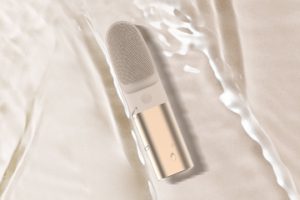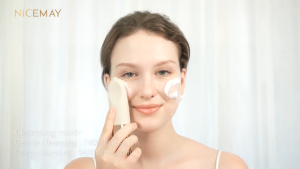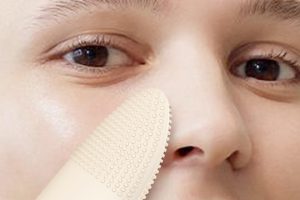If you’ve ever had sensitive skin, you know the struggle isn’t just about breakouts or dryness—it’s about the unknowns. Will this new cleanser sting? Will that toner leave you blotchy for the rest of the day? And can you actually use an electric silicone facial brush without upsetting your skin?
It’s a fair concern. While beauty tech promises glowing, pore-less skin, sensitive types often get left out of the conversation.

Sensitive skin isn’t a medical diagnosis; it’s more of a skin behavior. Some people flush easily, others sting when exposed to fragranced products, and many feel tightness or dryness after washing. What unites them is a compromised skin barrier—the outer layer of skin that should lock in moisture and block irritants.
When that barrier is fragile, even friction from a towel can feel like sandpaper. Unlike the older generation of bristled cleansing brushes (think spinning heads with nylon fibers), today’s silicone sonic brushes work with vibration instead of rotation. They use high-frequency sonic pulses—sometimes thousands per minute—to help loosen debris, oil, and leftover sunscreen from pores.
The big advantage is that silicone is smoother, non-porous, and more hygienic than traditional brush bristles. No mildew, no product buildup, and less tugging. For sensitive skin, that’s already a step in the right direction.
Devices like the MR-2385 Smart Sonic Facial Brush are designed with this in mind: super-fine silicone bristles, adjustable vibration levels, and even a ridged side to massage in serums. It’s the kind of detail that makes a difference when you’re worried about over-exfoliating or scratching your skin.
Are They Safe for Sensitive Skin?
Yes, electric silicone brushes can be safe for sensitive skin—but it depends on three things:
Pressure
The device shouldn’t replace your hand with brute force. A light glide over damp skin is all you need. Pressing harder doesn’t equal cleaner; it just equals redness.
Frequency of Use
Sensitive skin doesn’t always need daily exfoliation. Using a sonic brush two or three times a week is often enough to keep pores clear without stripping the barrier.
Settings and Design
A brush with multiple vibration levels is ideal. Start low, test your tolerance, and only build up if your skin seems happy.
So, are they safe? With the right brush and mindful use, yes. But the keyword is mindful.
What Dermatologists Say
Dermatologists generally agree that silicone cleansing brushes are gentler than their nylon predecessors, but they still advise caution. Skip foaming washes with sulfates, and instead opt for cream or gel formulas that won’t leave your skin tight.
Signs It’s Too Much
If you notice any of these after using a silicone brush, it might be time to scale back:
- Immediate redness that lingers more than 15 minutes
- Burning or stinging while cleansing
- Dry patches appearing after consistent use
- Breakouts that feel more like irritation than acne
The moment your skin feels worse instead of better, it’s worth taking a break and reassessing.
Practical Tips for Using Silicone Brushes Safely
- Always wet your face and the brush first—never use it dry.
- Pair it with a low-pH, non-foaming cleanser.
- Use gentle, circular motions and let the device do the work.
- Limit usage to 2–3 times a week if your skin is reactive.
- Clean the device after every use to prevent residue buildup.
Electric silicone facial brushes aren’t the enemy of sensitive skin—in fact, they can be a supportive tool when used thoughtfully. They offer deeper cleansing than fingertips alone, and the hygienic silicone design is far less abrasive than older brush systems.
If you’ve been considering trying one, choose a device built with adjustable settings and fine silicone bristles.
You May Also Like
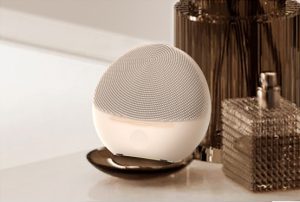 |
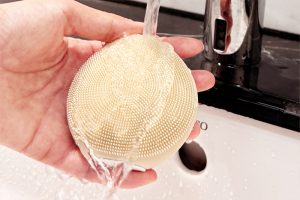 |
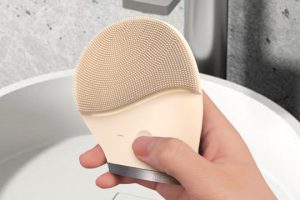 |
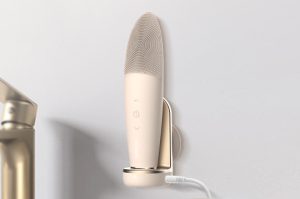 |

